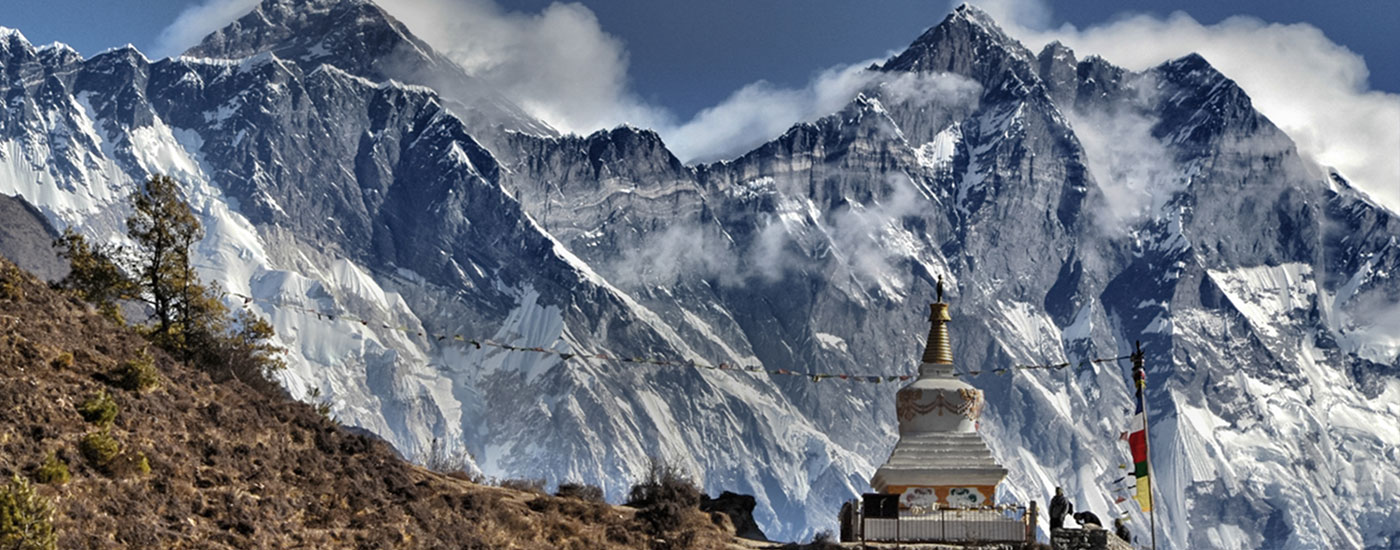Physical Address
304 North Cardinal St.
Dorchester Center, MA 02124
Physical Address
304 North Cardinal St.
Dorchester Center, MA 02124

The Annapurna Massif in north-central Nepal is one of the most renowned and majestic mountain ranges in the world. Part of the Himalayas, it comprises multiple peaks over 7,000 meters, including Annapurna I, the 10th highest mountain globally, standing at 8,091 meters (26,545 feet). The name “Annapurna” is derived from Sanskrit, meaning “Goddess of the Harvests,” reflecting the region’s spiritual and cultural significance.
Geography and Location
The Annapurna range is located in the Gandaki Province, extending east from the Kali Gandaki River to the Marshyangdi River. The massif includes several prominent peaks:
Annapurna I was the first 8,000-meter peak ever climbed. The historic ascent was made by a French expedition led by Maurice Herzog and Louis Lachenal on June 3, 1950. This achievement marked a significant milestone in mountaineering history.
Despite its stunning beauty, Annapurna I is considered one of the most dangerous mountains to climb. It has a high fatality rate due to unpredictable weather, frequent avalanches, and challenging climbing conditions. The mountain has claimed many lives, making it frighten even for experienced climbers.
The Annapurna region offers some of the world’s most famous trekking routes, attracting thousands of trekkers annually. Key trekking routes include:
Annapurna Circuit: A classic trek that circles the Annapurna massif, crossing the Thorong La Pass (5,416 meters / 17,769 feet). The trek provides diverse landscapes, from subtropical forests to alpine meadows.
Annapurna Base Camp (ABC) Trek: Also known as the Annapurna Sanctuary Trek, this route takes trekkers to the base camp of Annapurna I, offering stunning views of the surrounding peaks.
Ghorepani Poon Hill Trek: A shorter trek known for its panoramic sunrise views over the Annapurna and Dhaulagiri ranges from Poon Hill (3,210 meters / 10,531 feet).
Tilicho Lake: A remarkable high-altitude approximately 4,919 meters (16,138 feet) above sea level makes one of the highest lake in the world offering breathtaking scenery, challenging trekking routes, and cultural significance. Its pristine beauty and unique location make it a must-visit destination for adventurers and nature lovers alike.
The Annapurna Conservation Area, the largest protected area in Nepal, surround the Annapurna massif. The region is rich in biodiversity, home to various flora and fauna. Vegetation ranges from subtropical forests at lower elevations to alpine meadows and barren landscapes at higher altitudes. Wildlife includes species such as:
The Annapurna region is culturally diverse, inhabited by ethnic groups such as the Gurungs, Thakalis, and Magars. These communities maintain rich cultural traditions and practices, offering trekkers an opportunity to experience local hospitality, cuisine, and festivals. Teahouses and lodges along the trekking routes provide comfortable accommodations and a chance to interact with locals.
The best times to visit the Annapurna region are during the pre-monsoon (spring) and post-monsoon (autumn) seasons. Specifically:
Trekking or climbing in the Annapurna region requires careful preparation and respect for safety guidelines:
The Annapurna massif, with its towering peaks, diverse trekking routes, and rich cultural heritage, is a true gem of Nepal. Whether you’re an avid mountaineer or a trekking enthusiast, the Annapurna region offers an unforgettable experience, blending adventure with natural beauty and cultural immersion. Prepare well, respect the environment, and start on a journey to explore the majestic mountains.